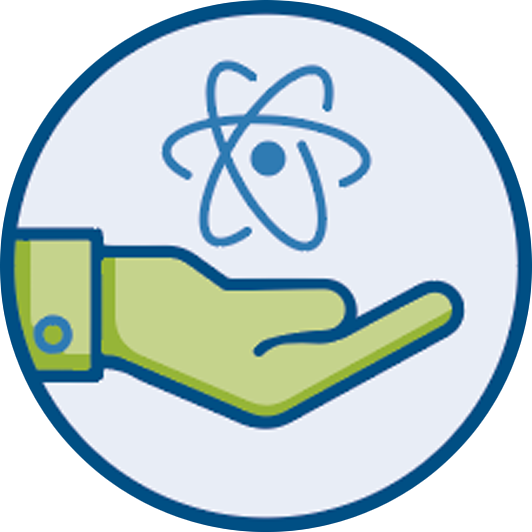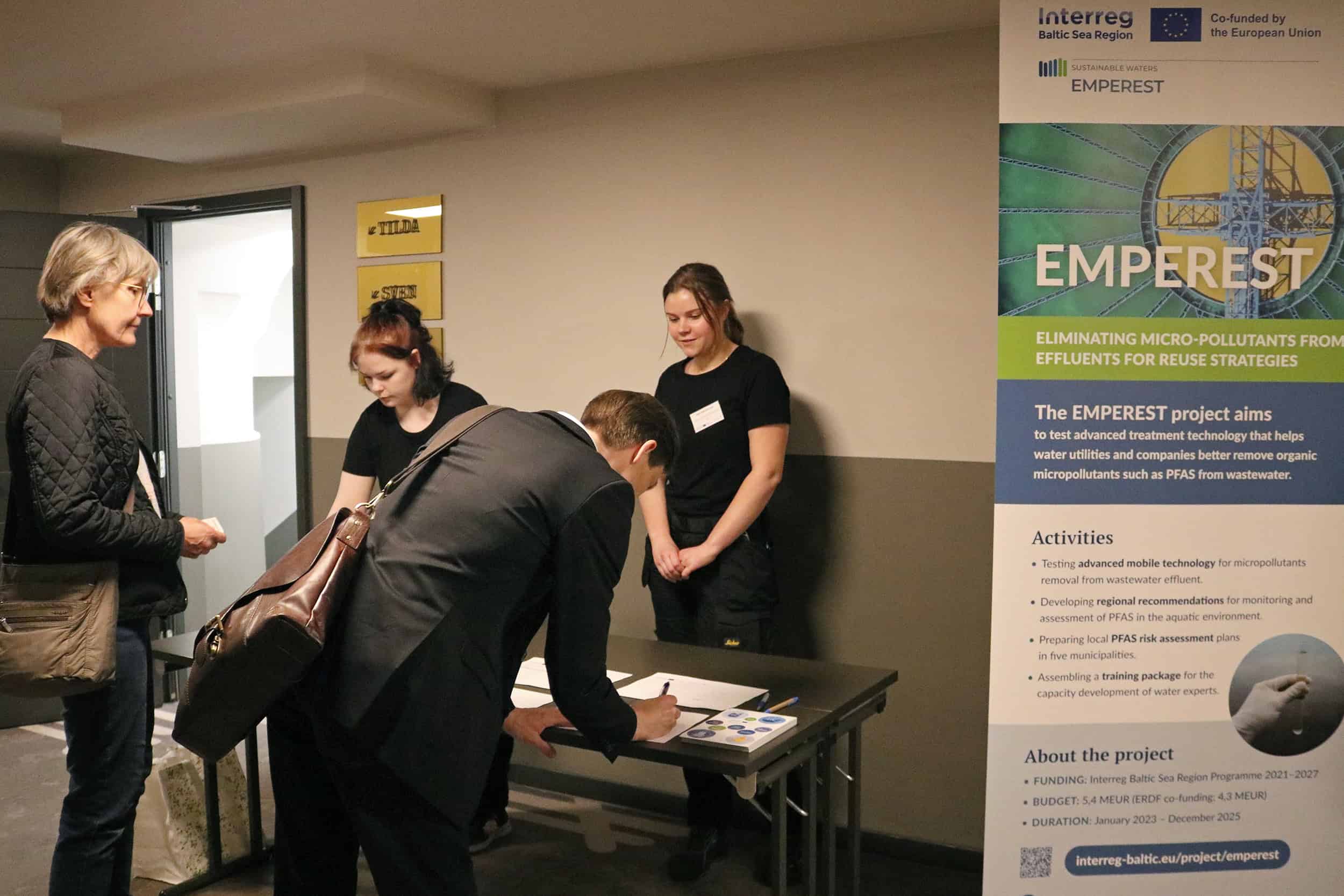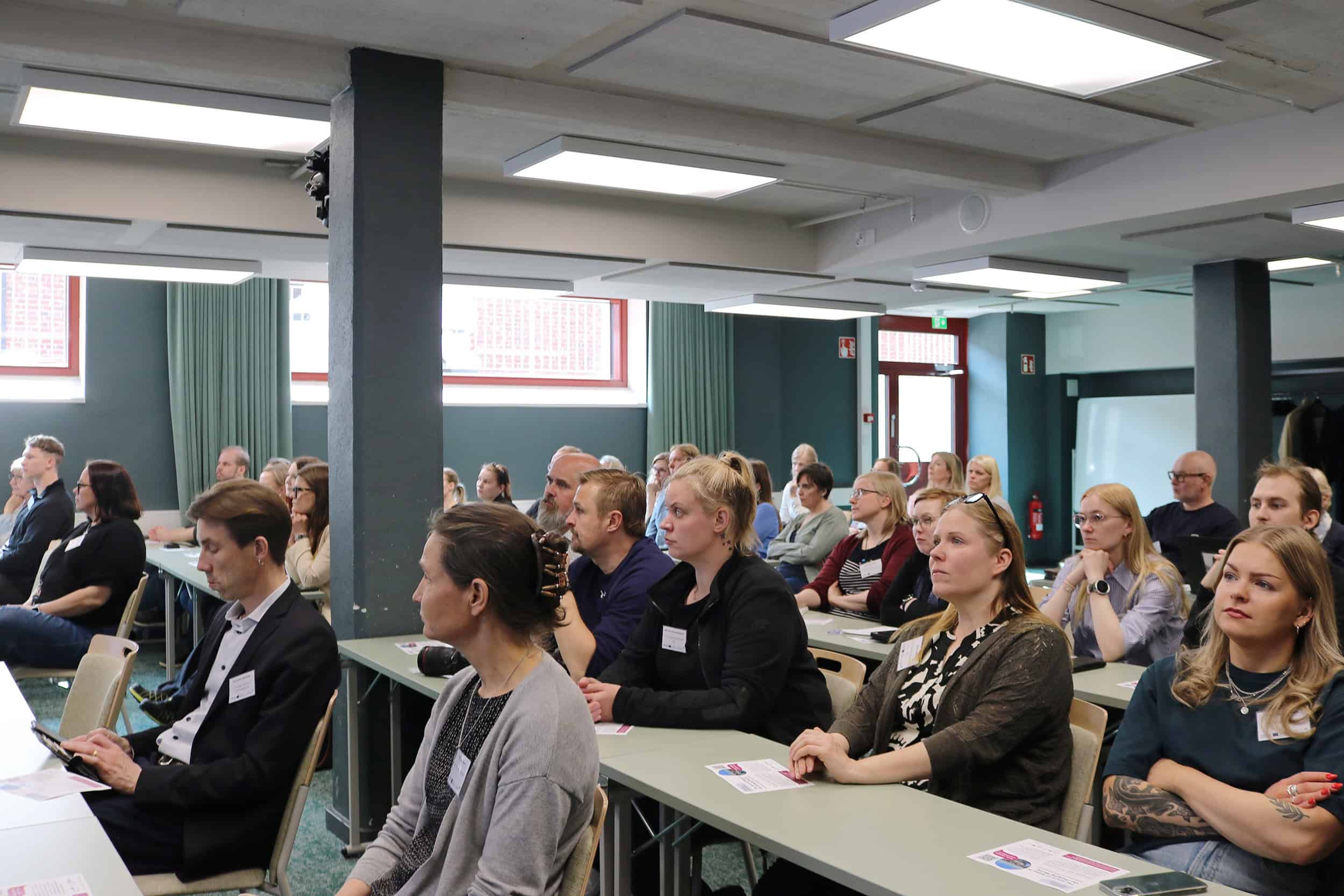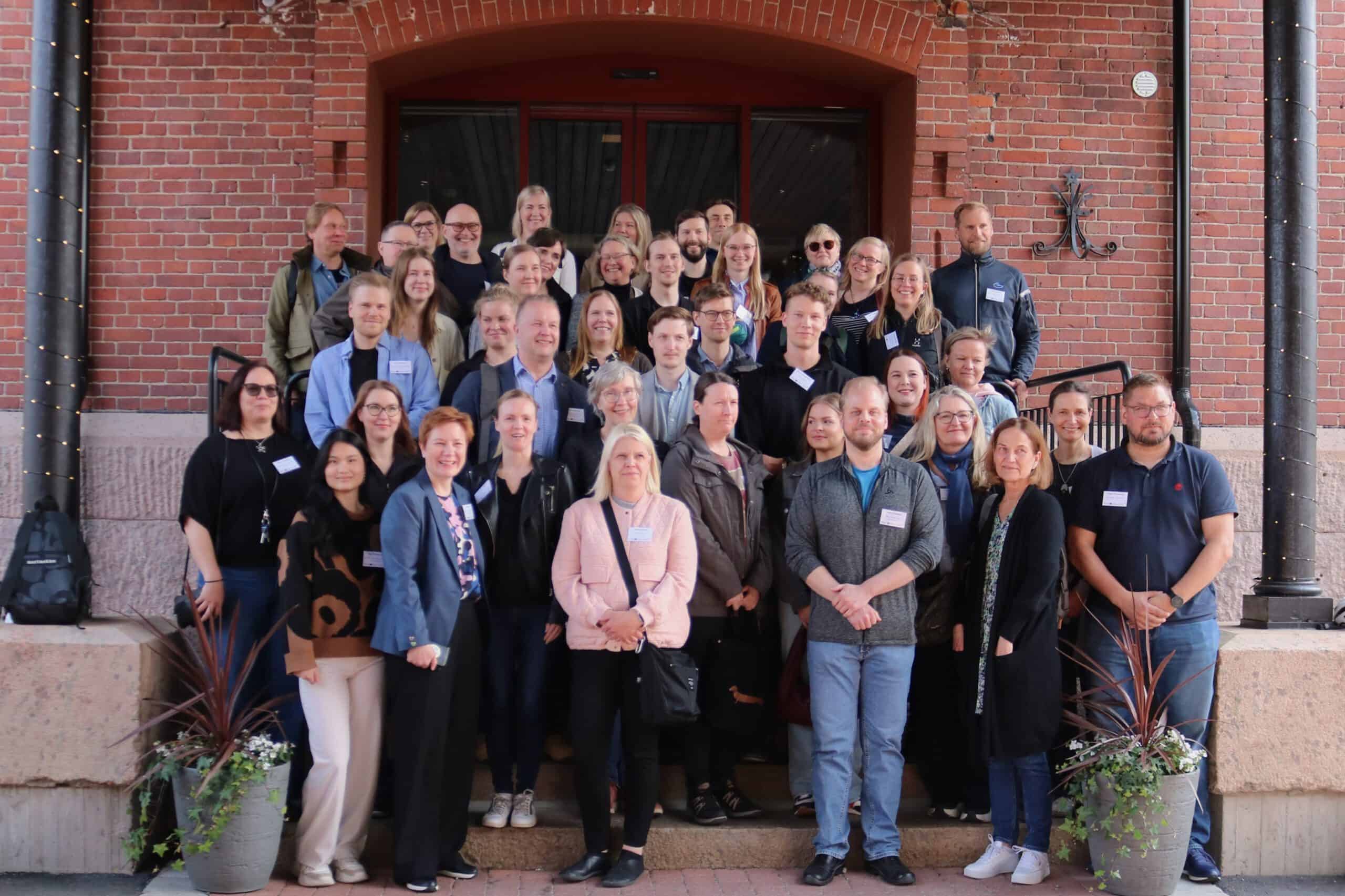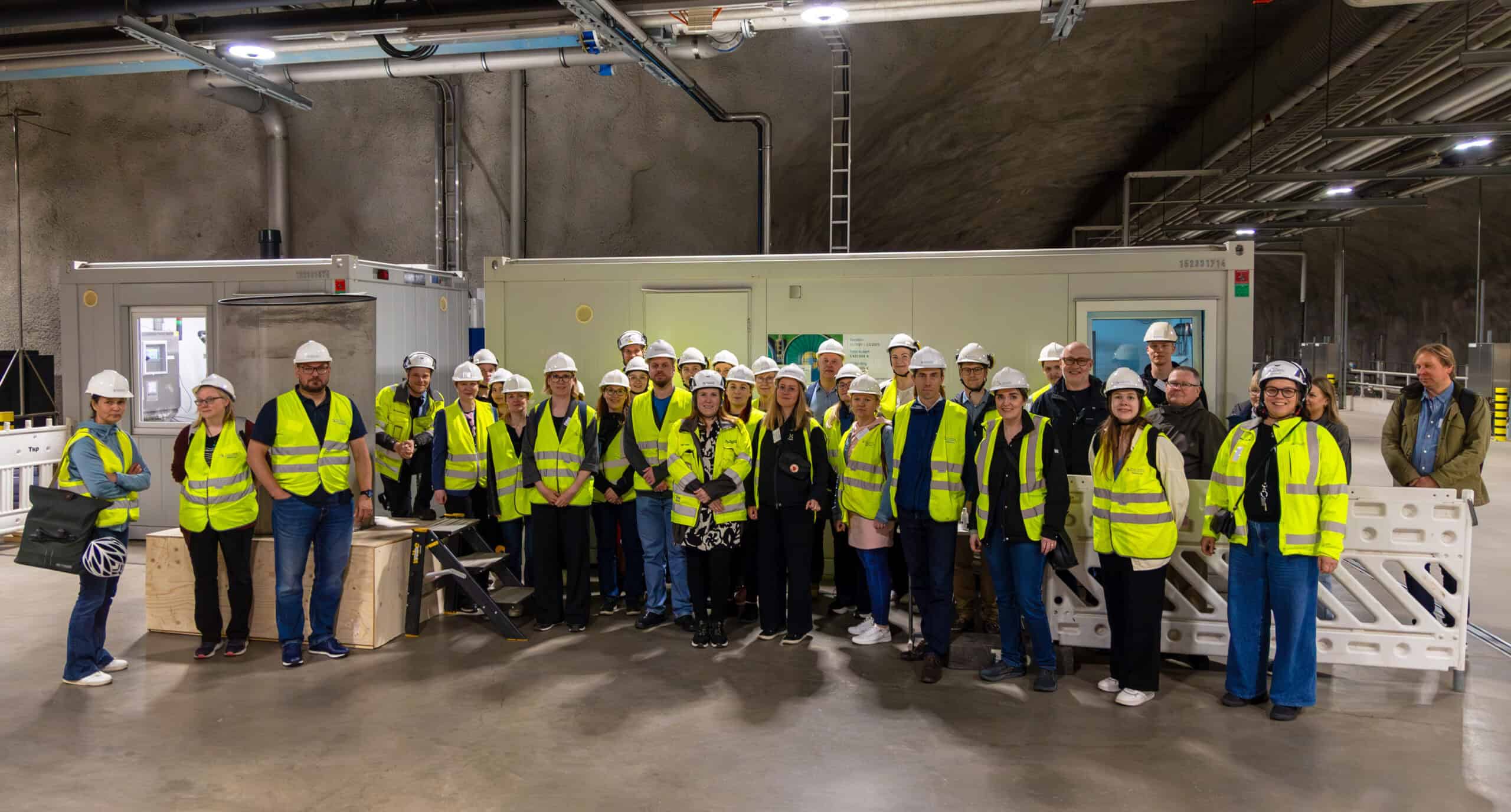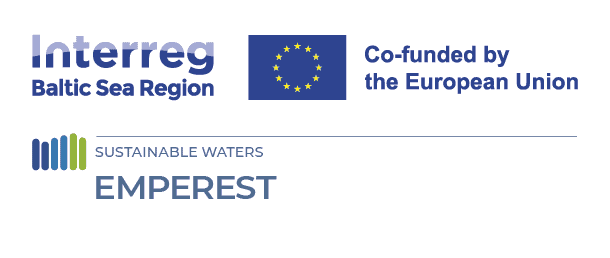
EMPEREST stakeholder event in Finland: Future prospects of wastewater treatment
12 June 2025
The event consisted of a seminar and a study visit and it was organized in Turku on 10 June 2025 by the Lead Partner Union of the Baltic Cities Sustainable Cities Commission, in collaboration with the local host Turku Region Wastewater Treatment Plant.
The event was attended by 50 water experts, including the leaders in this sector in Finland, from wastewater treatment plants, universities and companies developing and testing wastewater technologies. The interactive seminar featured a variety of presentations and discussion, followed by a visit to the local wastewater treatment plant to observe the EMPEREST project’s mobile pilot containers in action.
Indeed, one of the core activities of the EMPEREST projects is testing efficient sequences of technologies for removing micropollutants, including PFAS. The small-scale pilot plants have been built in Tartu and Gdansk and they will be tested in seven different Baltic Sea Region cities altogether. The plant built in Tartu has been in use at Turku WWTP since February and the piloting period will end in June 2025.
The plant incorporates several key treatment steps, including a pile cloth media filter for removing total suspended solids (TSS), ozonation to break down larger molecules, a sand filter for eliminating particles and suspended solids, two granular activated carbon (GAC) filters for micropollutant removal, and UV disinfection for treating the effluent. The experiences and findings of all the piloting in different cities will be presented in the EMPEREST output “Strategies and technological means for minimising organic micropollutant emissions from WWTPs”. This document will support wastewater treatment plants in making informed decisions about cost-effective technologies for micropollutant removal to unlock future large-scale investments imposed by the regulation changes.
A gathering of Finland’s leading wastewater experts
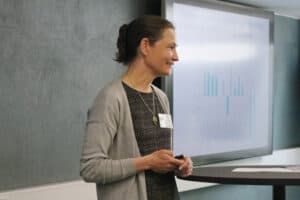 The seminar consisted of four expert presentations, each bringing different perspectives to wastewater treatment management. Principal Lecturer and researcher Piia Leskinen from Turku University of Applied Sciences presented the results of the EMPEREST test runs on eliminating micropollutants. The results suggest that the ozone oxidation might not be as effective at removing PFAS compared to GAC.
The seminar consisted of four expert presentations, each bringing different perspectives to wastewater treatment management. Principal Lecturer and researcher Piia Leskinen from Turku University of Applied Sciences presented the results of the EMPEREST test runs on eliminating micropollutants. The results suggest that the ozone oxidation might not be as effective at removing PFAS compared to GAC.
Furthermore, GAC has been demonstrated to remove long-chain PFAS, but not short-chain PFAS. Additionally, it was determined that the impact of ozone oxidation varies between substances. However, it is noteworthy that the process resulted in a decrease of long-chain PFASs but an increase of short-chain PFASs.
In conclusion, Leskinen identified several challenges that are likely to require attention in the near future. These include the need to explore ways to improve the quality of sludge as well as the need to identify and test bio-based carbon that is suitable for activated carbon filtration. A further theme that was explored in the presentation was the prospective of treating water near pollution sources, such as rivers close to landfills, in order to prevent hazardous substances from dissolving within a larger water mass. This could potentially be more cost-efficient than removal at the WWTP.
Update of the UWWTD: What needs to be considered?
Paula Lindell, Senior Advisor at Finnish Water Utilities Association FIWA and Co-Chairperson of the EurEau Committee on Waste Water shared some new perspectives of the updated UWWTD and how tightened requirements will affect the operations of wastewater treatment plants.
The presentation underlined three main changes that the directive will implement. These are an extension of nitrogen removal obligations, pollutant removal requirements for wastewater treatment plant above 150 000 PE (population equivalent), and ambitious energy neutrality requirements and audits. Lindell highlighted that international and national collaboration between wastewater treatment plants is very much needed in order to meet the requirements of the updated directive in time.
“The removal of hazardous substances required by the updated urban wastewater treatment directive must be functioning in bigger plants by 2033,” pointed out Paula Lindell, Finnish Water Utilities Association FIWA. “With all the planning, financing and building to do, this comes really quickly. We will need many more seminars like the one organized by EMPEREST in order to ensure the sharing of knowledge and experiences between the plants.”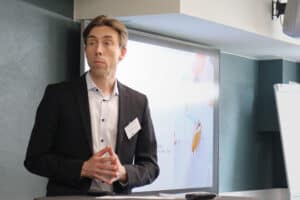
In the following presentation, Kristian Sahlstedt, Director of Wastewater Treatment at Helsinki Region Environmental Services presented a major investment plan for the Viikinmäki wastewater treatment plant, with an expected completion date of 2035. Among the planned measures are the removal of micropollutants, the more efficient removal of phosphorus, and the treatment of bypass water. The plans are well advanced, and land has already been reserved. However, the timing poses still a challenge, as construction should start as early as 2028.
Different treatment methods tested in Finland
 Professor of Practice Henri Haimi from Aalto University and Project Manager at FCG Finnish Consulting Group continued with introducing a new perspective on the suitability of harmful substances treatment processes for Finnish treatment plants. Finland’s treatment plants differ from those in Central Europe as they have lower process temperatures resulting in longer sludge life. Finland also has most of the biggest plants built inside solid rocks. Further, sludge management differs from the processes used in Central Europe.
Professor of Practice Henri Haimi from Aalto University and Project Manager at FCG Finnish Consulting Group continued with introducing a new perspective on the suitability of harmful substances treatment processes for Finnish treatment plants. Finland’s treatment plants differ from those in Central Europe as they have lower process temperatures resulting in longer sludge life. Finland also has most of the biggest plants built inside solid rocks. Further, sludge management differs from the processes used in Central Europe.
Same methods previously mentioned have been explored in other countries, including granular activated carbon (GAC), ozone oxidation, and combinations of these technologies. However, Haimi underlined that ozone oxidation poses a potential safety risk for its explosive properties thus making it a challenging investment for many Finnish facilities both due to safety concerns and lack of space. In the context of sludge application, it was observed that Powdered Activated Carbon (PAC) is not suitable for use in Finnish wastewater treatment processes due to its potential for accumulation in sludge. In Finland, sludge is treated by digestion and composting, and the treated sludge is then used for agriculture or landscaping.
The seminar encouraged a broad range of reflection and sharing of development plans. The primary topics of discussion focused on the present testing of GAC in multiple Finnish wastewater treatment plants, including those in Turku, Jyväskylä, and Oulu. In addition, the subject of how to treat wastewater in a way that minimizes the environmental impact of the process was discussed, including the challenges posed by contaminated sludge. All in all, the presentations and discussions highlighted the holistic impact of the new requirements: different parameters, such as circularity, energy consumption, carbon emissions, spatial planning and financing will all have to be taken into account, in addition to the efficiency of wastewater treatment technologies.



